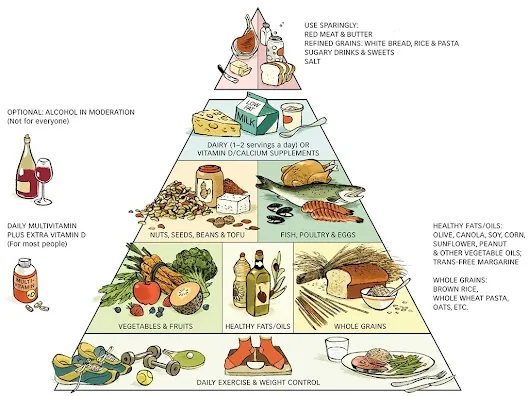Mindful Eating
10 Steps to Mindful Eating
Here’s a step-by-step guide on how to practice mindful eating:
- Find a quiet and comfortable space: Choose a location with minimal distractions where you can focus on this mindful eating exercise.
- Prepare a small portion of food: Select a small piece of food, such as a raisin, a piece of chocolate, or a slice of fruit.
- Observe the food: Take a moment to look at the food, noticing its shape, color, and texture.
- Engage your sense of smell: Bring the food close to your nose and inhale its aroma, paying attention to any sensations it evokes.
- Take a small bite: Place the food in your mouth and take a small bite, but don’t chew yet. Notice the taste and texture on your tongue.
- Chew slowly: Begin to chew the food slowly, savoring the flavors and textures as you break it down.
- Pay attention to your body: As you chew, focus on any sensations or reactions your body experiences in response to the food.
- Swallow mindfully: When you’re ready, swallow the food and pay attention to the sensation of it moving down your throat and into your stomach.
- Reflect on the experience: After swallowing, take a moment to reflect on the entire eating process, considering the sensory experience and any emotions or thoughts that arose.
- Repeat: Practice this mindfulness eating exercise with different types of food to develop a deeper appreciation for the various tastes, textures, and aromas each food offers.
Overcoming Common Challenges
To manage emotional eating, recognize your triggers and develop healthy coping strategies.
Resist external pressures to eat mindlessly by setting boundaries and communicating your intentions.
Stay committed to mindful eating by reminding yourself of its benefits, practicing self-compassion, and celebrating small victories in your journey towards a healthier relationship with food.
Listen to your Body
It all starts with listening to your body.
One of the core principles of mindful eating is tuning in to your body’s natural signals for hunger and satiety.
By paying close attention to these cues, you can avoid overeating and develop a healthier relationship with food.
Mindful Eating Exercises and Meditation
Before eating, take a moment to meditate or practice deep breathing to bring your attention to the present moment.
Practice Portion Control
Overeating often results from consuming large portions outside the norm of a healthy new plan.
To encourage mindful eating, serve yourself smaller portions and consider using smaller plates to trick your brain into thinking you’re eating more.
If you’re still hungry after finishing your initial portion, wait a few minutes before deciding if you need seconds, allowing your body to register fullness.
Eat Slowly and Savor
Mindful eating encourages taking your time to chew and enjoy every mouthful.
Eating slowly not only enhances the flavors and textures of your food but also allows your body to recognize when it’s full, preventing overeating.
Focus on the Senses
Engaging all your senses while eating helps deepen your appreciation for the meal.
Pay attention to the colors, smells, textures, and flavors of your food, and take the time to acknowledge the work and resources that went into creating your meal.
Appreciate Your Food
Cultivating gratitude for the food you eat fosters a sense of connection with the environment and the people involved in producing it.
This practice encourages you to make more conscious, sustainable food choices and promotes a greater sense of overall well-being.
If this is something you would like help with click on the link below

